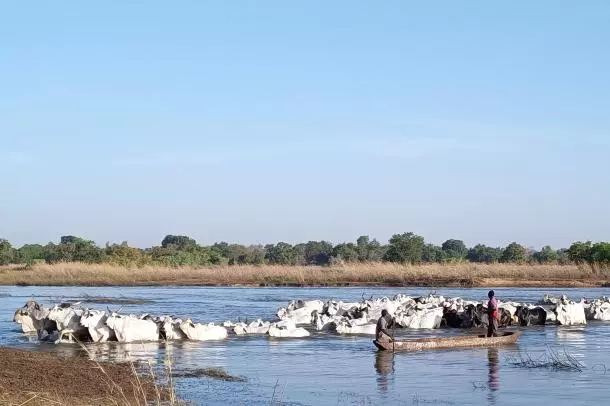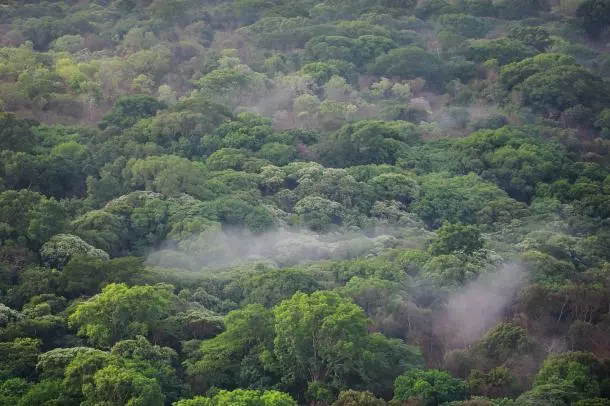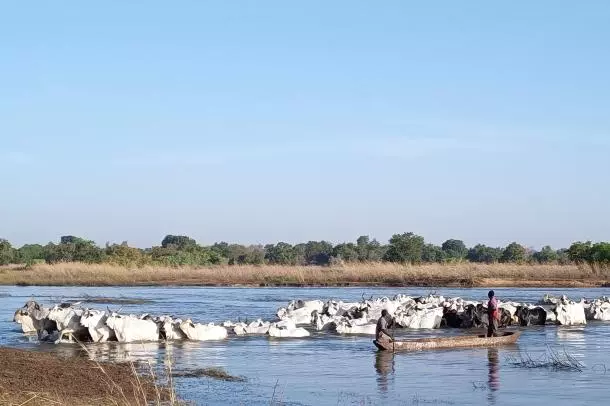Protected Area Complex of Northeast Central African Republic Biosphere Reserve (Central African Republic)
This biosphere reserve is located in the north-east of the country, in the transition zone between the Sahelian area to the north and the humid Equatorial area to the south. The site plays an important ecological role by connecting protected areas at the national and regional levels. Situated at the convergence of the Congo, Lake Chad and Nile Basins, the biosphere reserve possesses highly diverse groups of plant and animal species, as well as ecosystems and landscapes characterized by forest areas along rivers flanked by floodplains. One of its core areas, Manovo-Gounda St Floris National Park, is already inscribed on the World Heritage list. The biosphere reserve is home to a diverse population of 80,000, predominately engaged in agriculture through the cultivation of food crops such as cassava, millet, sorghum, groundnuts, corn and sesame. Other important traditional activities practiced here are hunting and fishing, followed by small-scale livestock-raising, handicrafts, small-scale trade, artisanal diamond-mining and the gathering of non-timber forest products.

Transhumance of livestock in the Protected Area Complex of Northeast Central African Republic Biosphere Reserve © WCS

Landscape of the Manovo-Gounda St Floris National Park, a World Heritage property within the Protected Area Complex of Northeast Central African Republic Biosphere Reserve © WCS

Protected Area Complex of Northeast Central African Republic Biosphere Reserve © WCS

African buffaloes seen from above in the Protected Area Complex of Northeast Central African Republic Biosphere Reserve © WCS


